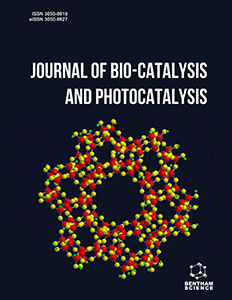
Full text loading...
Utilization of Artificial Intelligence (AI) techniques in photocatalytic material science and engineering space has received great attention in recent years. This is because photocatalysis focuses on discovering new and efficient photocatalysts, which mostly rely on conventional try-and-error approaches. However, in recent advancements in technology, vigorous screening and analyses of photocatalytic materials data using various AI techniques revealed structure-property-activity relationships. This has proven to accelerate the discovery of more photocatalysts but its adaptation is still at the elementary stage with some enormous challenges. The purpose of this review is to present an overview of the current progresses made in the utilization of AI techniques in various photocatalytic enhancement strategies (i.e., doping, surface modification/co-catalysis, heterostructuring, synthesis/nanostructuring engineering and quantum dots sensitization) to improve on photocatalytic performance of materials. Detailed discussions on the AI techniques utilized to enhance photocatalytic performances have been presented. In addition, challenges associated with AI-based photocatalysis and the future outlook are also presented. The methodology employed was a search for relevant literature and retrieval from various databases for the study. The results indicated that AI technique models were able to predict photocatalytic performances such as pollutant degradation and hydrogen (H2) production over 90% of experimental performances. The review concludes that the application of AI techniques can considerably improve the design and optimization of photocatalytic material properties as well as the performance of advanced photocatalytic materials.

Article metrics loading...

Full text loading...
References


Data & Media loading...

